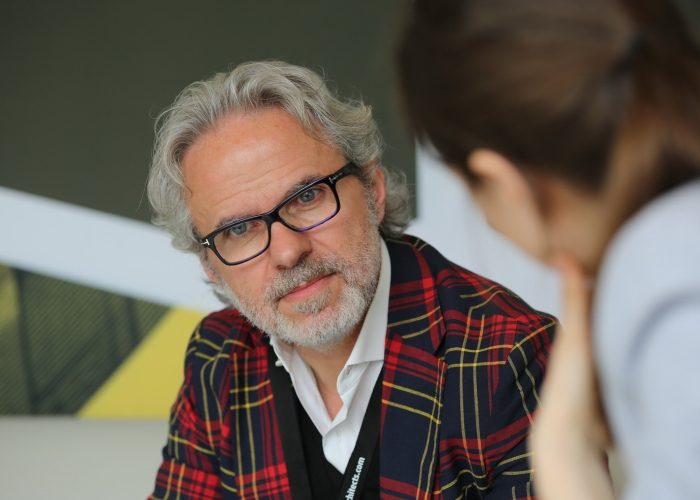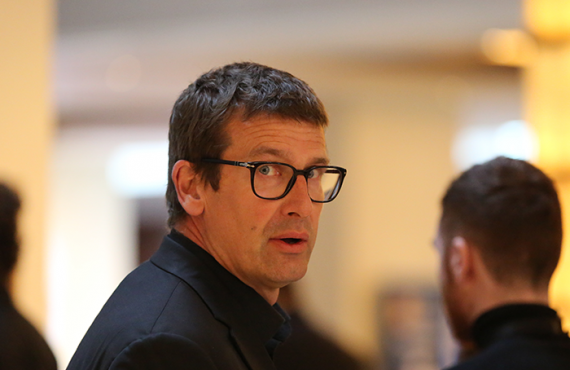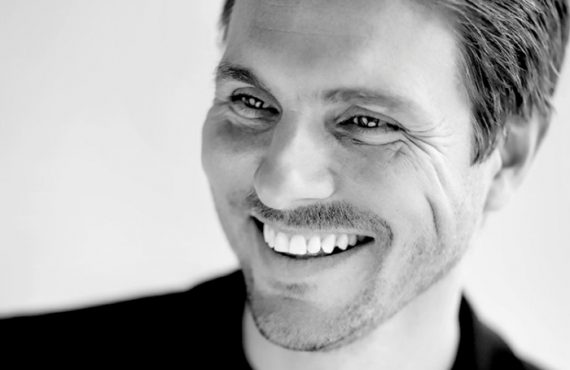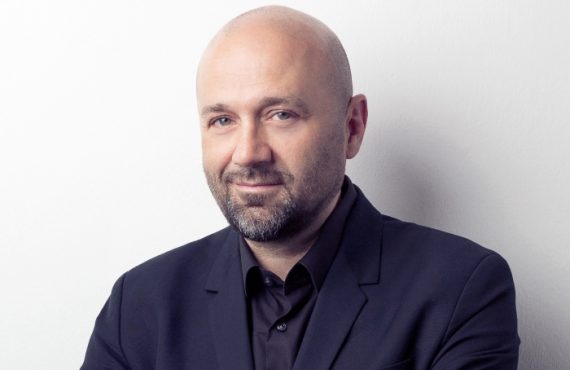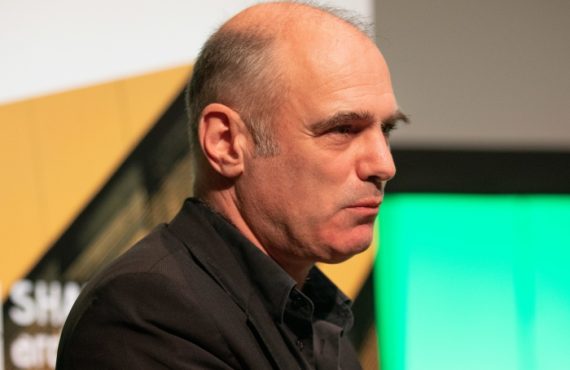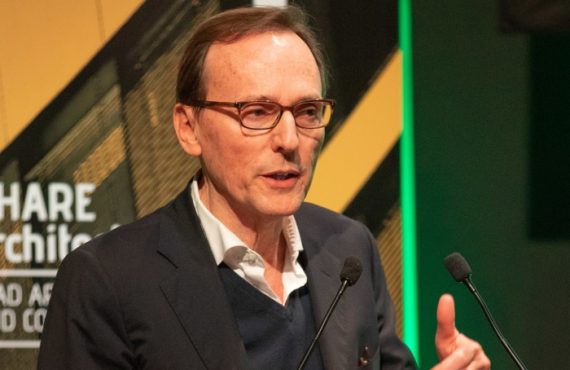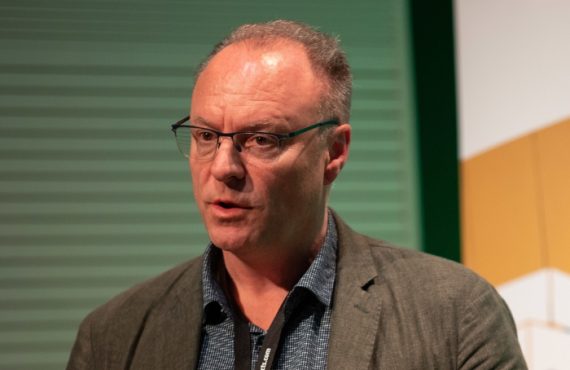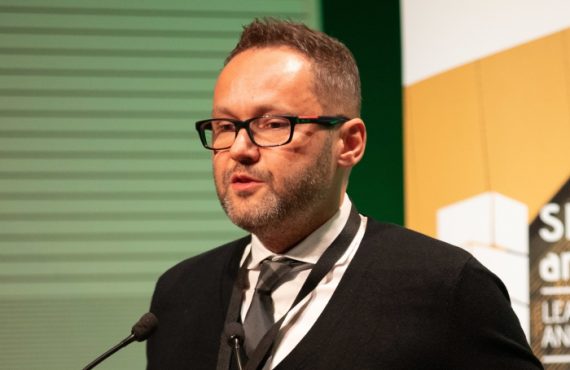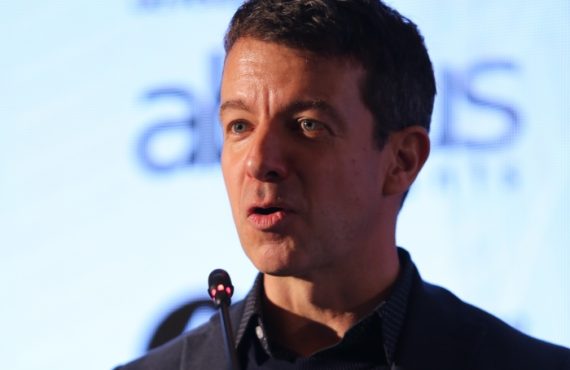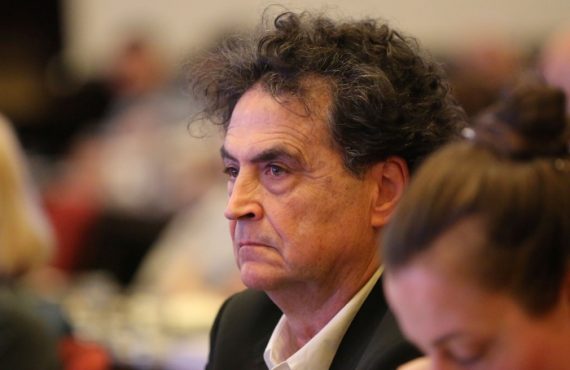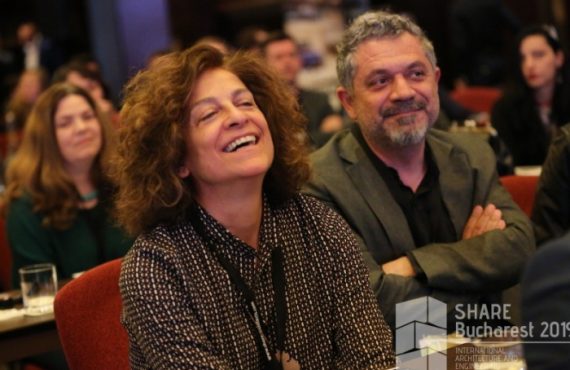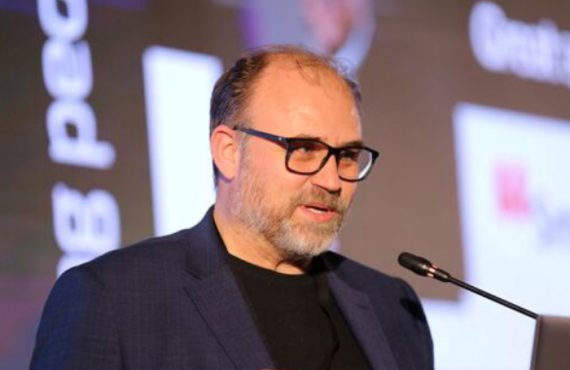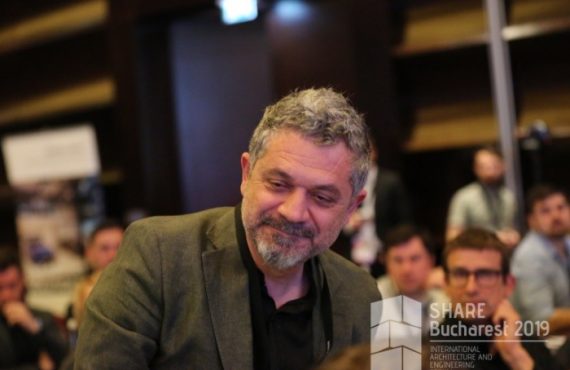“The thing that I find interesting about architecture is talking to people, in a spatial language, about their reality (…) . It is a whole journey in the mind of the architect.”
Alfonso Femia: The thing that I find interesting about architecture is talking to people, in a spatial language, about their reality: I think this is the first important rule of architecture. I believe in the human dimension of the profession and I think it is one of the last domains that involve changing the interactions between people. So, in every action or project we make, we have to try to pursue these elements. At the same time, I feel that architecture is devoted to feelings and it creates an emphatic way of discovering and understanding the questions that have to be answered. I do not believe architecture is a way of declaring “This is the truth!”, especially in today’s open world. I believe there is a new sensibility where this approach is viable and more recent. When I talk this way people tell me I am romantic, but this is not a question of romance because when we are talking about feelings in this area, there is a complete sentiment: not only love, but also responsibility and vision. As I said, it is a whole journey in the mind of the architect.
Andreea Robu-Movila, publisher www.share-architects.com: Can you depict the journey from your mind?
Alfonso Femia: The journey enables me to see reality in different ways and is constantly changing the perspective when seeing the same things. Today the journey is a way of gathering new possibilities and visions but in the past the journey caused some contamination.
A.R.M: How did you manage to invest your work with your own ideas and visions?
A.F: Totally! If I invest in a team and allow it to create a dialogue with a client, I must believe in their different ways of thinking. If the work is only about one profession, then my contribution is not necessary anymore. We turn our visions and imagination into reality and this way architecture is a very strong medium which offer better future prospects as well as letting culture flourish.
A.R.M: What moment from your career had a great impact on the architect you are today?
A.F: I think that my very first project made me understand I could make architecture very emphatic and valuable without a big budget or a very clear question. We introduced this idea of generosity in our projects and managed to create a large vision that people could understand. We must always have a guide leading us towards a big idea because all the work is translated into reality. Architecture is about translating the words and feelings into reality: this is the best way of making people understand architecture. Another moment that had a great impact was the completion of Les Docks de Marseille, because we tried to reintroduce the idea of sensibility over the Mediterranean area with the materials, the artists’ works, the art and craftsmanship and industry together. The major problems with architecture projects are time and budget but that doesn’t mean that good architecture is not possible. We must offer our generosity and expand our vision: this is becoming more and more important.
A.R.M: What is the role of the architect today? How has this role changed during time?
A.F:Architects have the same goals, no matter the historical period. The architect is connected to reality, imagery and culture, things that make him a humanist.
A.R.M: Thus the image of the architect has remained the same?
A.F: YYes! The rules and methods changed, but his job is actually the same. Today it is a bit more difficult because there is a long process that cannot be followed from beginning to end. However, there are a lot of possibilities to learn and understand certain topics and it is easier to focus one’s ability in that way. Architecture is not only about drawings and technical solutions: it is about the whole process and dialogue in general.
A.R.M: The process is as important as the final result.
A.F: Absolutely! Perhaps the architect has to be capable to put all this mess into one single vision.
A.R.M: Is his intention to make the complex clear?
A.F: Complexity is interesting in a way that we must see the difference between “complex” and “complicated”. If something is complex it becomes interesting, but if it’s complicated, that means something doesn’t work.
A.R.M: Complexity is the sum of all possibilities and potential solutions.
A.F: This is valid today because we are working in two separate times simultaneously: the era of speed where everybody can solve problems quickly and the slow pace that enables curiosity and discovery. Only by doing things on the schedule is not enough because they do not have essence and you can never accomplish anything like that. This is the complexity of the contemporary times.
A.R.M: Will this area become more complex in the future?
A.F: Absolutely!
A.R.M: As it becomes more complex, will architects be able to cope with all this complexity? Today we already have lighting or landscape architects – or as some say, many sectors of the domain have already been taken by other professionals and the architects have been left only with the concept.
A.F: I don’t believe in a vision where we are dependent on the addition of people specialized in different fields. I think it is a need to have them but this is alright only if we manage to be at the core of the team and look for an image. This multiplication is sometimes a way of not putting the real questions on the table in order to find the answers. Architects need to become more flexible because they have a very great responsibility. I believe in architecture because it doesn’t engage only architects: before beauty and the aesthetics architecture is a matter of feeling.
A.R.M: I am fascinated by the fact that architecture is not only about “architects” anymore. In computer science we have the notion of software architect: an architect who manages information for a final product, like an app. We are in a certain way architects of information because we operate with some data and have a built output.
A.F: Architecture is made up of two elements: arkhi and tekton. The last one refers to building and technology because architecture relies on technology. Arkhi represents the human relationship and the context. If you achieve a good balance between these two elements, then you can make valuable architecture. I think it is extremely important to discuss the architect’s responsibilities and his future challenges. This is very delicate because if you talk with architects, most of them think that the problems are with the society. This is true in one way because there is a complexity in relation to real life and architects must not translate complexity into complication.
A.R.M: How would you describe the Italian architecture today?
A.F: In the present, with all its political and social complexity, you cannot make any mistakes. When was the last time someone pointed out one of your mistakes? It is important to make mistakes but today’s society does not allow you to experiment and learn from those mishaps.
A.R.M: That is another paradox with our society because we are told we can do anything and be anywhere we want if we work hard enough: then you work hard and realize that it was just a fake promise. That is a major source of frustration for the younger generation.
A.F: The image of the new generation is not the real one: it’s like a drug because of what you see in the mass-media. It is very important to look for your dream, work for it and invest in yourself without looking around you. However, you have to be very careful not to shift your vision in the wrong direction and focus on something that is not your dream.
A.R.M: But first of all, to know yourself very well, to know where to invest in getting better and better.
A.F: An important asset of an architect is the way he turns his look towards his dream and understands how to work for that dream.
A.R.M: Or look in the mirror. [laughs]
A.F:This has to be one of the hardest moments in an architect’s life because there is something you expect to see and really want to see that. If you love what you see, you won’t really want to change anything. This is more difficult in the Occidental societies as they are very fragile and lack the capacity of seeing themselves in the mirror.
A.R.M: But you can look in the mirror and put some filters as you do on social media. [laughs] What are the qualities you appreciate?
A.F: Sincerity and generosity! I prefer these types of people because they can understand the craft and the industry and use them in order to solve some problems. They are also good at offering new perceptions and sensations for the same things. I also appreciate a lot different visions and the high quality, but they have to have a soul because you can feel when a project has a soul, especially when it has imperfections. Most of today’s architecture is alright, but it has no soul.
A.R.M: What would it be the soul of architecture?
A.F: A project is an entity with two souls: the first one is the place and the second one is represented by the people. The interesting thing is that you get in contact with both of them at the same time because you’re meeting people inside a certain space. There is some sort of magical mix and there is no possibility to separate those elements. It is mandatory that architects explore and discover because that is part of our dialogue with the client. As I said before, generosity is a key aspect as well. If you meet other people who have the generosity to create a dialogue, you are basically getting an insight into their souls. Consequently, the things that make architecture a source of happiness are only natural parts of life as every complicated situation is just a way of exploring life in all its beauty.
A.R.M: What an enjoyable conclusion! Thank you for your time!

Architect Alfonso FEMIA is Founder of ATELIER ALFONSO FEMIA in Italy
Alfonso Femia was born in Taurianova, Reggio Calabria (IT) on December 1966, the 7th. He graduated from the University of Genoa – School of Architecture in 1992. In 1995, Alfonso Femia founded 5+1 where the research on the contemporary city has been carried along with the requalification of urban spaces and significant buildings. The studio, that became 5+1AA architecture agency in 2005, is based on an interdisciplinary relationship that develops itself between the studios of Genoa, Milan and Paris, creating a triangle between cities, cultures and confrontation.
Atelier(s) Alfonso Femia (AF517) is, from 2017, the new name of 5+1AA. The idea that the city builds itself through strategic visions capable of bringing together territory and city, public and private, instruments and project, leads Alfonso Femia to the development of numerous and various projects in the main Italian and Mediterranean cities.
Register of Architects of Genoa (IT) since 1994. Register of Architects of Île-de-France (FR) since 1995. Register of Architects of Switzerland since 2014. Alfonso Femia has been a teacher of Architectural Design Didactics at Kent State University in Florence and at the Universities of Genoa and Ferrara – Schools of Architecture.
In 2015, he created 500×100 and 500x100Talk, the city as a dialogue tool. He uses the SetTalk format in Milan and the City Talk in the main European and Mediterranean cities so that the city becomes a dialogue tool, a place of meetings and exchanges on the theme of the city itself.
Atelier(s) Femia developed the masterplan of the Val d’Europe area for the candidacy of Paris at the World Exposition 2025. He won the competition for the construction of a cinema with a sports and leisure centre in La Ciotat.
You can find out more about arch. Alfonso Femia and his projects at https://www.atelierfemia.com/

